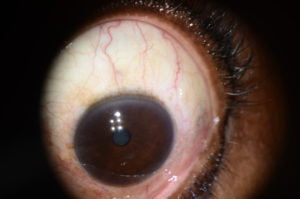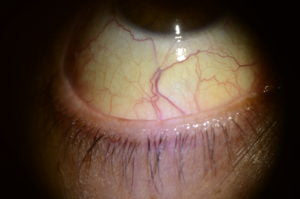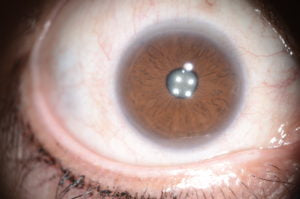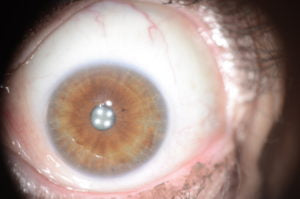What is Iridology?
Iridology is the science of examining the iris of the eye to analyze it’s color, pigmentations, and structure in order to determine the state of health in the body. It provides insights about inherent strengths and deficiencies in the body systems.
It is an effective, non-invasive and pain-free tool, to illustrate the unique pattern of an individual’s health and potential disorders.
An Overview of Iridology
In 1881, Dr. Ignatz Von Peczley introduced Iridology to the mainstream through his book Discoveries in the Field of Natural Science and Medicine, which featured the first iridology chart.
While Iridology is more prevalent in Europe than in North America, it is increasingly gaining recognition in the latter.
Iridology, a scientific study of the iris, was used by Hippocrates in the seventeenth century and was further developed by Europeans, particularly Germans.
Iridology is taught in medical schools in Moscow, the Bobigny Faculty of Medicine at the University of Paris Nord, and in several medical faculties in Egypt and Greece.

Conditions that Iridology Claims to Detect
-

Anemia
A blue tinge around the outer iris may indicate anemia, a condition that causes fatigue from a lack of healthy red blood cells and insufficient oxygen delivery to the body's tissues.
-

Cholesterol
Arcus senilis, a white or grey ring around the iris, is a common sign of aging and can indicate high cholesterol and triglycerides, as well as an increased risk of stroke and heart disease.
-

Severe lack of Vitamin C
Lack of Vitamin C can cause inflamed or burst capillaries in the sclera, indicating Scurvy. Symptoms include nose bleeds, easy bruising, joint and muscle pains, and weakened immune system leading to frequent colds or flu.
-

Diabetes
A dark ring around the outer pupil indicates high processed sugar levels, but iridology cannot diagnose diabetes or its severity. Further tests are recommended to confirm iridology findings.
-

Cancer
While iridology cannot diagnose cancer, dark marks on the iris may indicate early signs of cancer, and further testing is recommended to confirm the findings.
-

Lymphatic System Weaknesses
Swelling in the arms and legs, especially in people with blue irises, may indicate a poorly functioning lymphatic system. When left untreated, it could lead to serious health complications.
-

Digestive Issues
Dark tones in the iris outside the pupil could indicate a toxic digestive system caused by constipation and junk food intake. The location of the tones could indicate blockages in different parts of the colon.
-

Stress Rings or Contraction Furrows
The number of rings in the iris of the eye can indicate stress levels in different body parts, with more rings indicating greater severity. This method can help identify severe conditions like depression and suicidal tendencies.
Organ weaknesses can be caused by factors beyond lifestyle choices. For example, individuals with brown or darker irises may have a predisposition toward liver weaknesses caused by negative emotions. Sadness can affect the lungs while insufficient hydration may affect the kidneys.
We highly recommend that you incorporate this non-invasive tool into your regular health check.
Please download the Client Information Sheet below.










